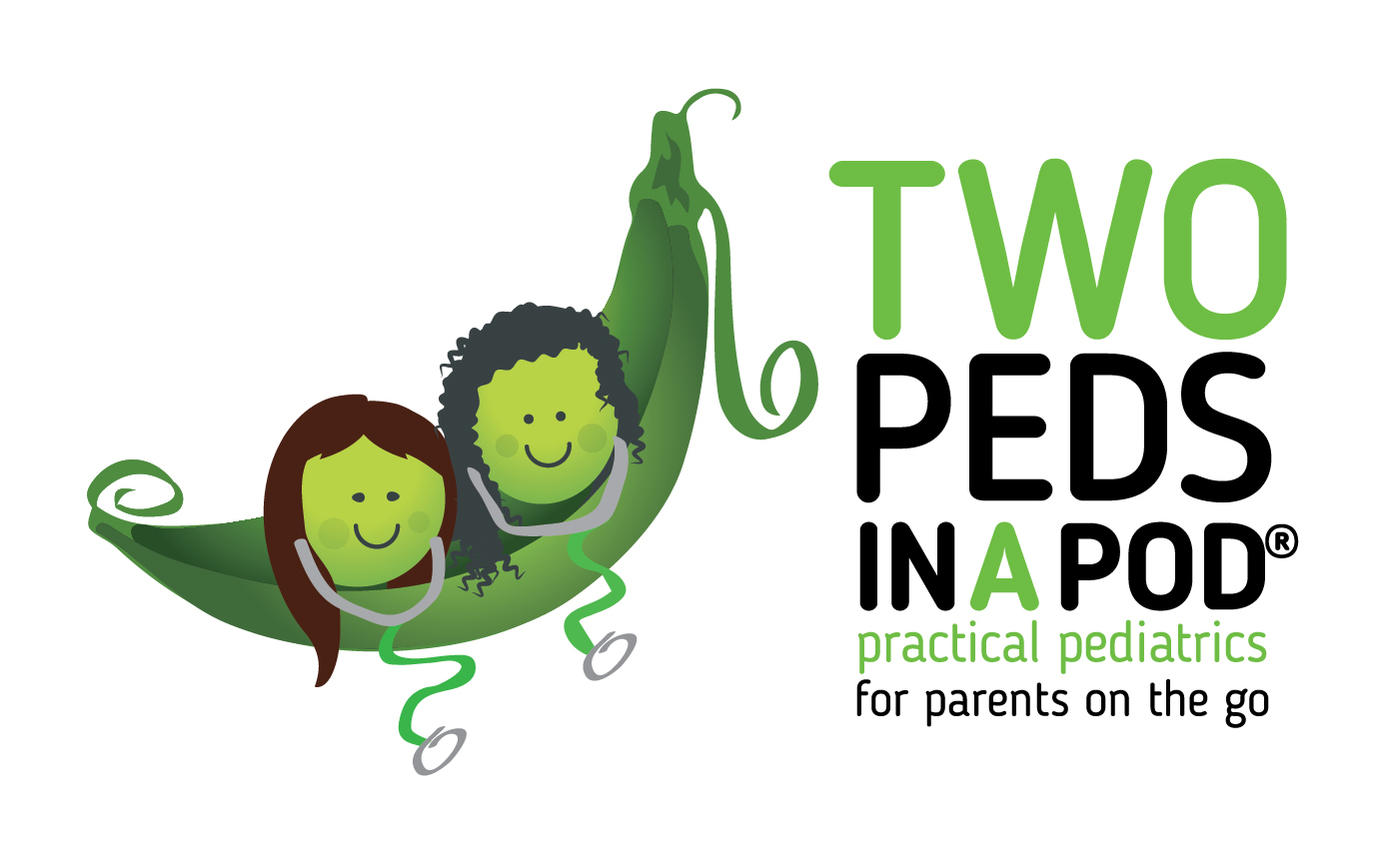Remember Elmer Fudd from the Bug Bunny cartoons? He was the hunter who would say “Where’s the wascally wabbit?” instead of “Where’s the rascally rabbit?” Think how frustrated Elmer was as a kid when his parents and teachers didn’t understand him.
Unclear speech or lack of speech development can be a sign of hearing loss or an inability to communicate (autism, retardation or developmental delay). Amy King, MA, CCC-SLP with over 12 years as a speech therapist outlines important speech and language milestones to watch for:
Receptive Language Milestones- what your child understands (children should be doing these things by the time they reach the year marker)
By the time they are:
1 year: shakes head to respond to simple questions such as “Want milk?” and identifies some body parts
2 years: Follows 1 step directions- “Go get the ball.”
3 years: Follows 2 step directions- “Go get the ball and give it to daddy.”
4 years: Understands if/then- “If you pick up your toys, then you can help Mommy make a cake.”
5 years: Follows 3 step directions- “After you wash your hands, get the napkins and put them on the table.”
Expressive Language Milestones- what your child is able to say
1 year: 1 word
2 years: 2 word sentences- two words with one meaning such as “thank you” does not count. Expect phrases such as “mommy up” for “mommy, pick me up.”
3 years: 3 to 5 words—Dr. Kardos tells parents think Cookie Monster from Sesame Street: “me want cookie”
4 years: 4 to 7 word sentences with consistent correct use of parts of speech (nouns, verbs, adjectives, pronouns, prepositions, etc.): “I want to go to the park.”
Speech Milestones- phonetics (sounds should be produced accurately and consistently in words and phrases)
By the time they are:
3 Years: sounds of the letters: m, b, p, h, w, n, f,
4 Years: t, k, g, ng, s, r, sh
5 Years: z, l, v, y, th, wh, ch
6 Years: j, st, br, cl, r (by now if not before)
Speech Intelligibility -how well strangers understand your child
2 Years: at least 25%-50% of what your two year old is saying
2 ½ Years: at least 60%-75% of what your two and a half year old is saying
3 Years: at least 75%-90% of what your three year old is saying
4 Years: at least 95% of what your four year old is saying
Fluency- stuttering
Stuttering is normal in the preschool years. Be sure to give the child time to say what she is trying to say. Dr. Lai likes to think of a preschool stutterer as a child whose mind is thinking faster than he can move his mouth. If stuttering lasts more than 6 months and is accompanied by facial contortions, grimaces, or repetitive body movements, speak to a medical professional.
Red flags that always need further workup:
o Does not coo by 4 months of age
o Does not babble by 9 months of age
o Child does not respond to his/her name by 9 months of age
o Child does not look at you, others or objects upon request by 9 months of age
o Does not gesture (point, wave, grasp, etc.) by 12 months of age
o Child does not respond to your simple verbal requests (e.g., “Look!”, “Wave bye-bye”, “Come here”, “Give a kiss,” etc.) by 12 months of age
o Does not say single words by 16 months of age
o Does not say two-word phrases on his or her own (rather than just repeating what someone says to him or her) by 24 months of age
o Loss of any language or social skill at any age
Amy King, MA, CCC-SLP
©2010 Two Peds In a Pod




 For stinky feet, make sure the kids wash with soap daily-this can be tough for a kid who is just learning how to balance in the shower.
For stinky feet, make sure the kids wash with soap daily-this can be tough for a kid who is just learning how to balance in the shower.
